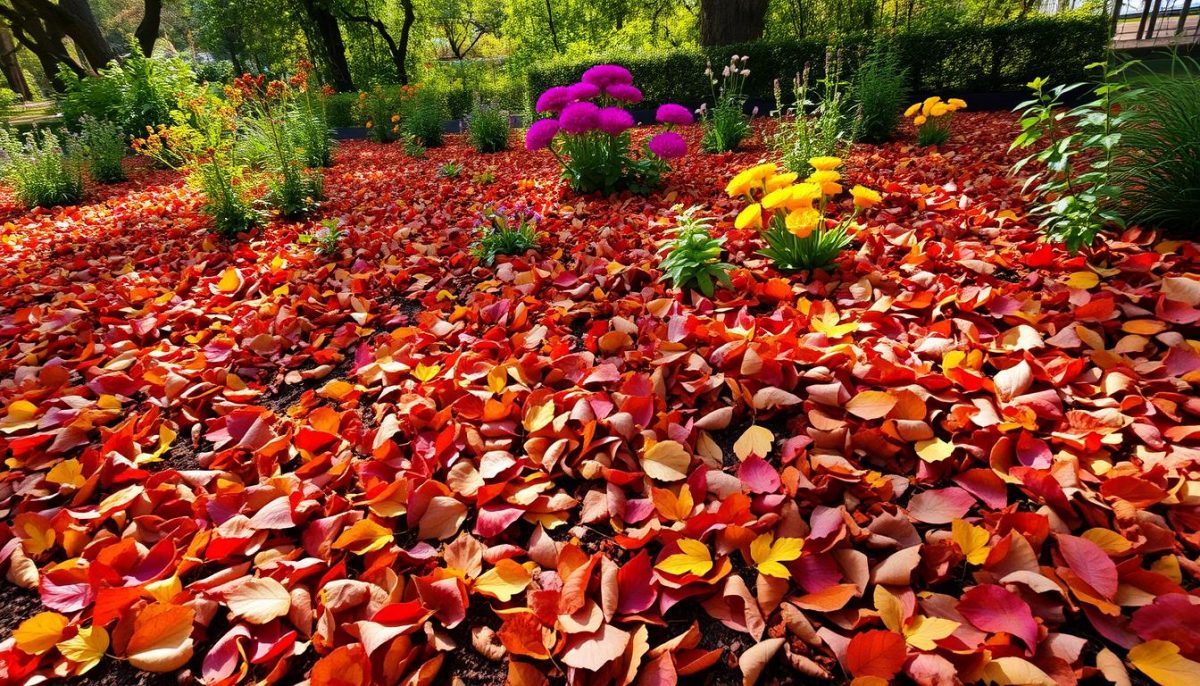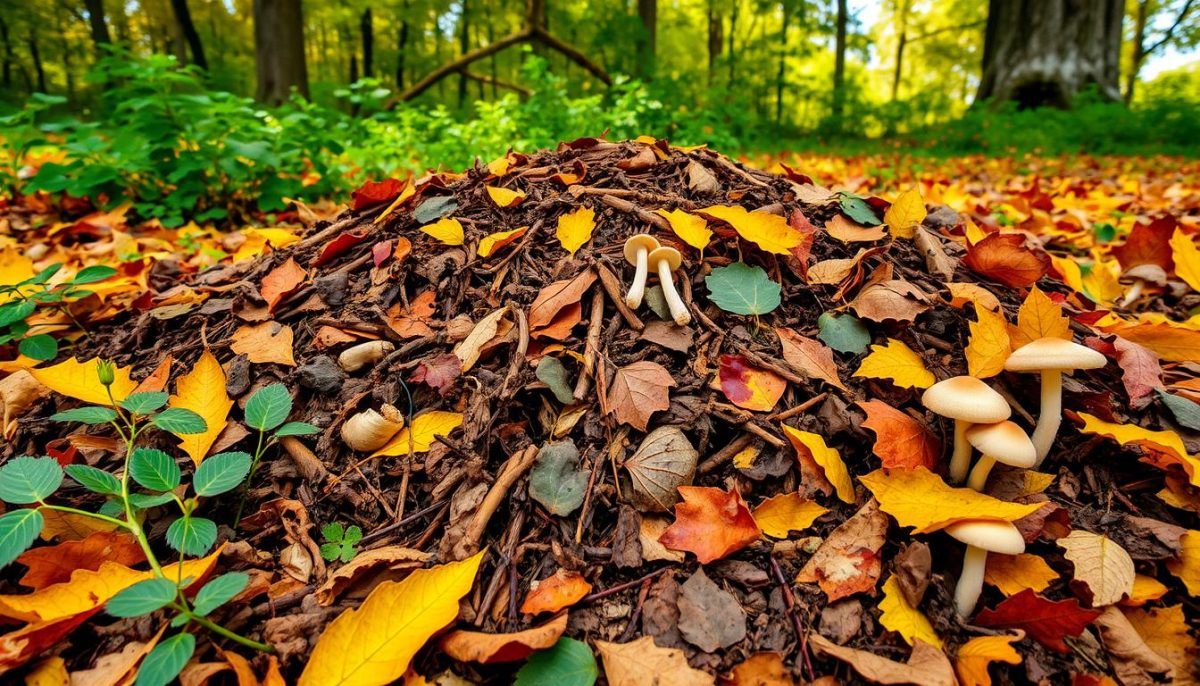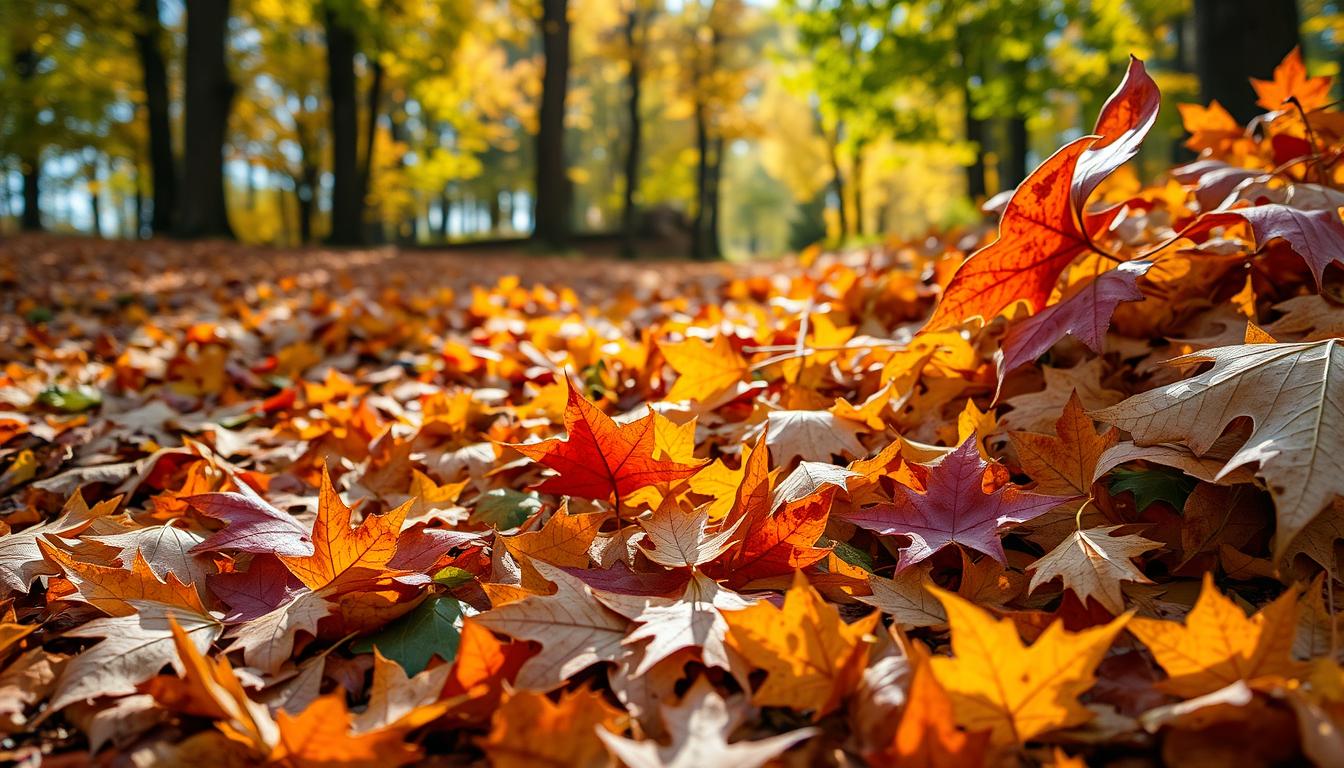Autumn is here: How to use those fallen leaves
As autumn unfolds, the changing colors of trees not only create a picturesque landscape but also introduce a wealth of opportunities to enrich your garden. Those fallen leaves, often seen as mere debris, are a treasure trove of resources waiting to be repurposed. Embracing eco-friendly solutions, you can transform these natural materials into beneficial assets for your garden. In this article, we will explore innovative ways to utilize fallen leaves for garden enrichment and sustainable practices, making the most of this seasonal bounty.
Creative Ways to Use Fallen Leaves for Your Garden
Fallen leaves present an excellent opportunity for enriching your garden while embracing the benefits of organic gardening. When properly utilized, leaves can transform your garden into a thriving ecosystem. Here we explore how mulching and improving soil quality can significantly enhance your gardening experience.
Mulching Benefits
Mulching involves applying organic materials, such as leaf mulch, around plants to create a protective barrier. This practice regulates soil temperature and moisture, suppresses weeds, and fosters beneficial microorganisms. Experts recommend using leaf mulch to cover garden beds effectively during cooler months, which helps maintain a healthy environment for plant roots. The diverse range of nutrients found in decomposing leaves makes this form of garden mulch an essential addition to sustainable gardening practices.
Improving Soil Quality
The incorporation of fallen leaves into the soil significantly contributes to soil improvement. As leaves decompose, they release essential nutrients that promote healthy plant growth. This organic matter enhances soil structure, allowing for better water retention and aeration. Research highlights the positive effects of leaf mulch on soil biodiversity, ultimately fostering a richer gardening environment. By adding this natural resource, gardeners can enjoy the long-term benefits of healthier plants and more productive gardens.

Autumn is here: How to use those fallen leaves
As leaves fall and blanket the ground, they present an excellent opportunity for both composting and crafting. Transforming these natural materials can enhance your garden and spark creativity in autumn crafts. This section explores the basics of composting fallen leaves to create nutrient-rich soil and highlights how to make delightful leaf mache decorations.
Composting for Nutrient-Rich Soil
To create healthy garden compost, begin layering fallen leaves with other organic materials. This allows microorganisms to break down the matter, producing nutrient-rich soil. Here’s a simple guide on how to start composting with leaves:
- Collect Leaves: Gather dry leaves. Shredding them makes for quicker decomposition.
- Add Nitrogen Sources: Mix in green materials like grass clippings or vegetable scraps.
- Layering: Create alternating layers of brown (leaves) and green (nitrogen sources) materials.
- Moisture: Keep your compost pile moist, ensuring it is damp but not soggy.
- Turning: Regularly turn the pile every few weeks to aerate and speed up the decomposition process.
With time, you will have rich compost that nourishes your plants and enhances soil quality.
Crafting Leaf Mache Decorations
In addition to composting, fallen leaves offer a wonderful material for autumn crafts. Leaf mache is an easy and fun way to create unique decorations while repurposing leaves. Follow these simple steps to make your own:
- Gather Leaves: Collect a variety of leaves, preferably those with vibrant colors.
- Prepare Paste: Mix equal parts flour and water, stirring until you achieve a thick, glue-like consistency.
- Layer Leaves: Dip the leaves in the paste and layer them onto a pre-formed shape, like a balloon or cardboard base.
- Drying: Allow your leaf mache project to dry completely, which may take a few days.
- Finishing Touches: Once dry, paint or embellish as desired to enhance your autumn décor.
These thoughtful crafts not only provide a creative outlet but also celebrate the beauty of the season while effectively using fallen leaves.

Eco-Friendly Practices for Managing Leaves
Managing fallen leaves in an eco-friendly manner not only benefits the garden but also contributes to broader environmental health. By understanding how to utilize leaves effectively, gardeners can achieve natural pest control, support wildlife habitats, and prevent erosion.
Natural Pest Control with Leaves
Certain types of leaves can naturally deter pests, making them valuable in pest control strategies. For example, aromatic leaves such as bay laurel or basil repel some common garden insects. Crushing these leaves and spreading them around the plants can create a protective barrier. Studies suggest that including these natural solutions enhances eco-friendly leaf management practices, reducing the need for chemical pesticides.
Creating Leaf Piles for Wildlife
Leaf piles serve as an excellent wildlife habitat, providing shelter and food for various creatures. By allowing leaves to accumulate in specific areas of the garden, gardeners can offer a cozy winter retreat for birds, small mammals, and beneficial insects. This practice not only encourages biodiversity but also fosters a healthy ecosystem in the backyard.
Using Leaves for Erosion Control
Leaves play a crucial role in erosion prevention. When strategically placed on bare soil, they help stabilize the ground and prevent runoff during rainstorms. This natural cover minimizes soil displacement and retains moisture. By integrating leaves into landscaping and gardening practices, individuals can significantly reduce erosion while enhancing the overall stability of their green spaces.
| Practice | Benefits |
|---|---|
| Natural Pest Control | Reduces reliance on chemicals, protects beneficial insects |
| Creating Leaf Piles | Supports wildlife habitats, encourages biodiversity |
| Erosion Control | Stabilizes soil, minimizes runoff, retains moisture |
Fun Activities to Enjoy with Fallen Leaves
Autumn is the perfect time to step outside and embrace the vibrant colors of fallen leaves. Families can engage in a variety of autumn activities that not only celebrate the season but also foster a deeper connection with nature. From leaf crafts to family-friendly games, the possibilities are endless for creating memorable experiences together.
One of the most popular outdoor fun activities is crafting leaf crowns. Simply gather assorted leaves, and with a little creativity, you can create beautiful, nature-inspired headpieces. Additionally, leaf rubbings are a wonderful way to explore textures and patterns, making it an excellent educational activity for kids. These leaf crafts not only encourage creativity but also serve as keepsakes to remember a delightful autumn day.
For those looking to get a bit more active, jumping into a pile of leaves is a timeless favorite among children and adults alike. Building a big leaf pile can lead to laughter-filled afternoons, making it a fantastic way to enjoy outdoor fun as a family. When planning these activities, keep in mind the insights from educators who emphasize the value of nature playscapes for childhood development. Embrace the gifts of autumn, and let the playful spirit of the season bring your family closer together.







